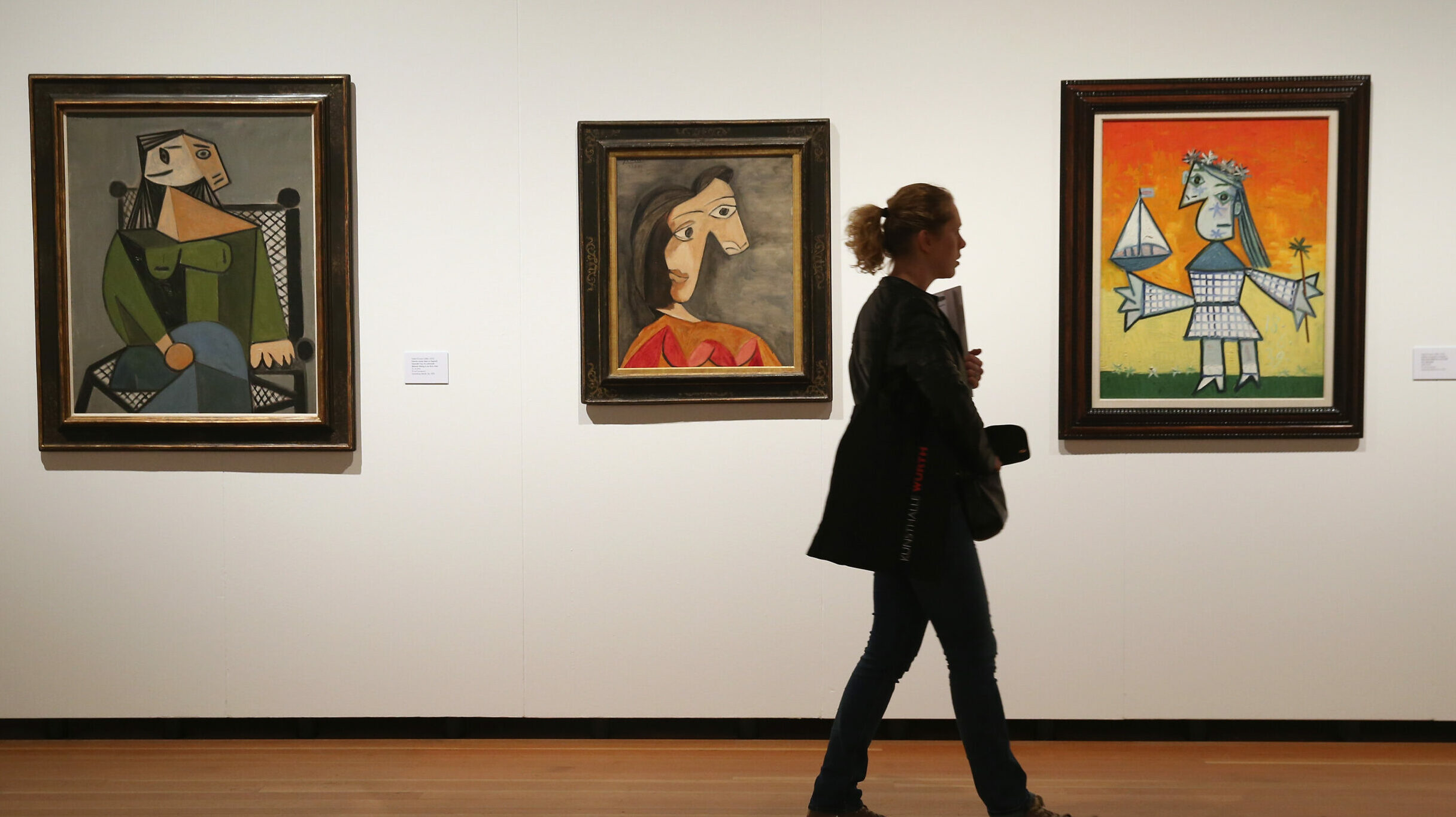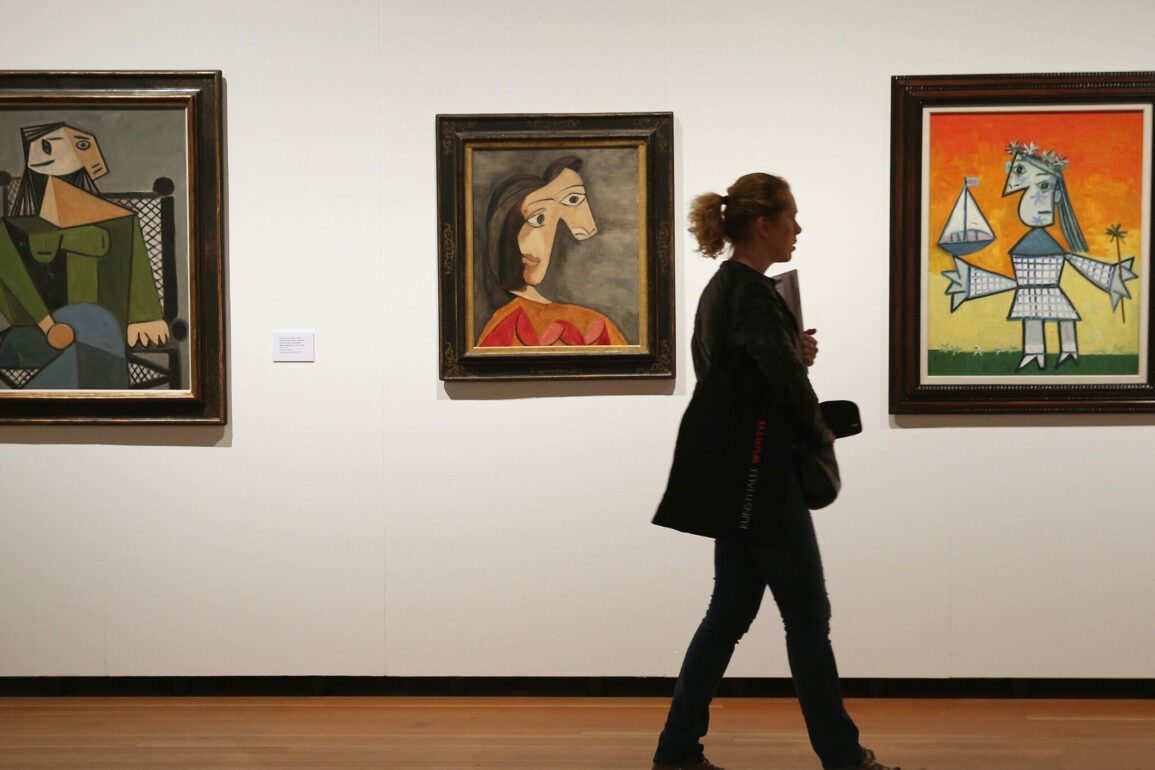
The paradox of selling art is that no one believes an object is worth a lot of money until they see that others are willing to pay a lot of money for it. In an advancing market, higher sales advertise the appeal of buying art. In a declining market, falling sales call into question the idea of art as an asset class. These days, particularly during Gigaweek in New York, the auction houses were not only endeavoring to sell art, but the value of owning it, too. Big numbers impress people, and these sales were designed to be impressive, even though not all were.
Phillips’ 5 p.m. auction time slot on Tuesday is an acknowledgement of its market position, squeezed between two bigger rivals who own the primetime 7 p.m. slots on all four nights of the week. Phillips did, however, find itself in the unexpected position of having the top lot of the week. Jean-Michel Basquiat has become a house specialty after Phillips pulled off the $85 million sale of untitled (Devil) two years ago. This season, the auctioner had three Basquiats, including the untitled 1982 painting that was estimated at $40 million and covered by a third-party guarantee. Two bidders pushed that Basquiat to the $40 million mark, suggesting the irrevocable bidder had either executed their bid or been forced to respond to a couple of other bids. Just as the private sale in public seemed to be closing, a third bidder came in just $200,000 above the magic number. As had happened the night before at Sotheby’s, the guarantor did not respond.
This post was originally published on this site be sure to check out more of their content






